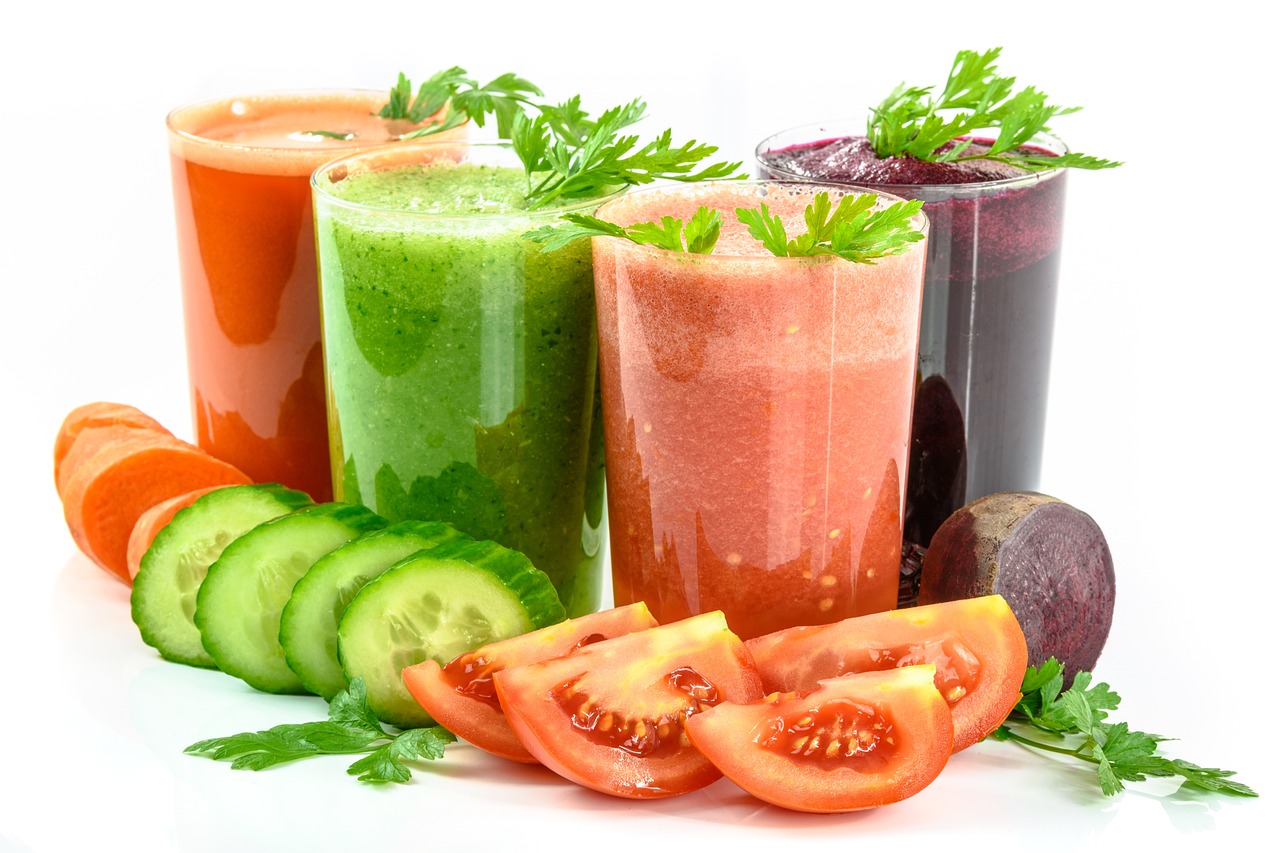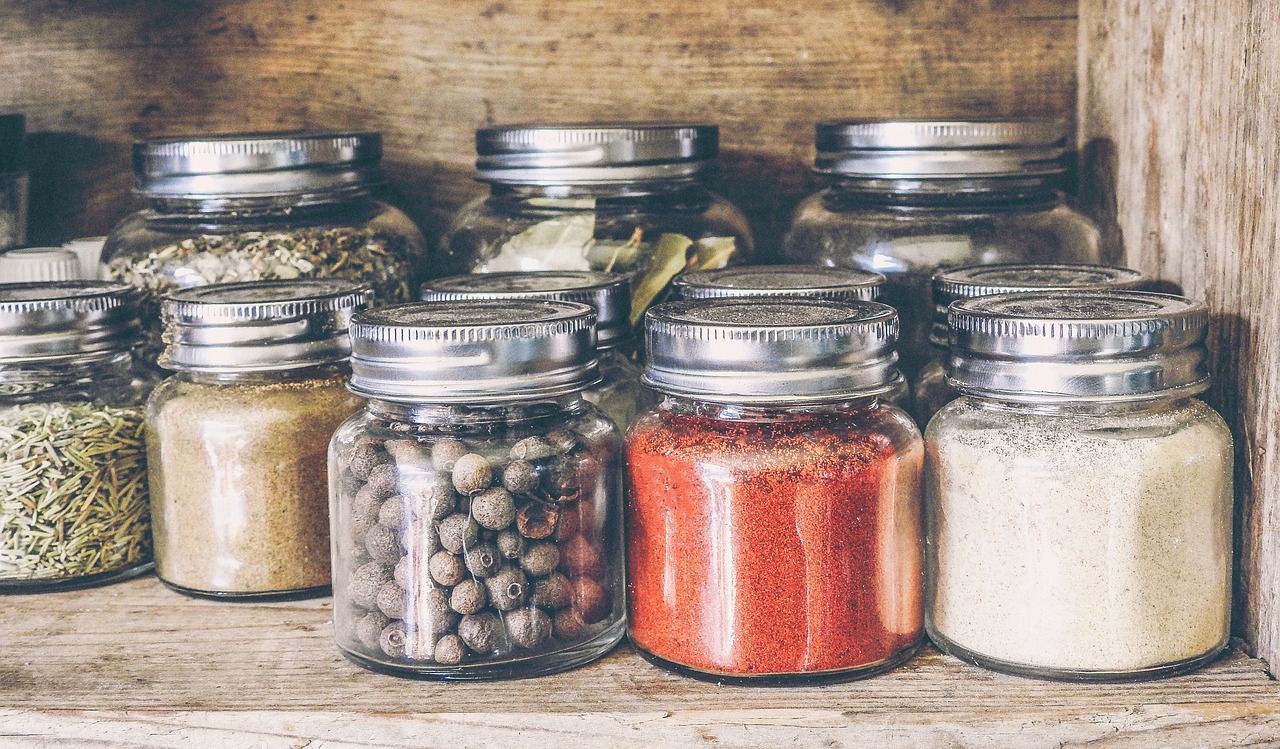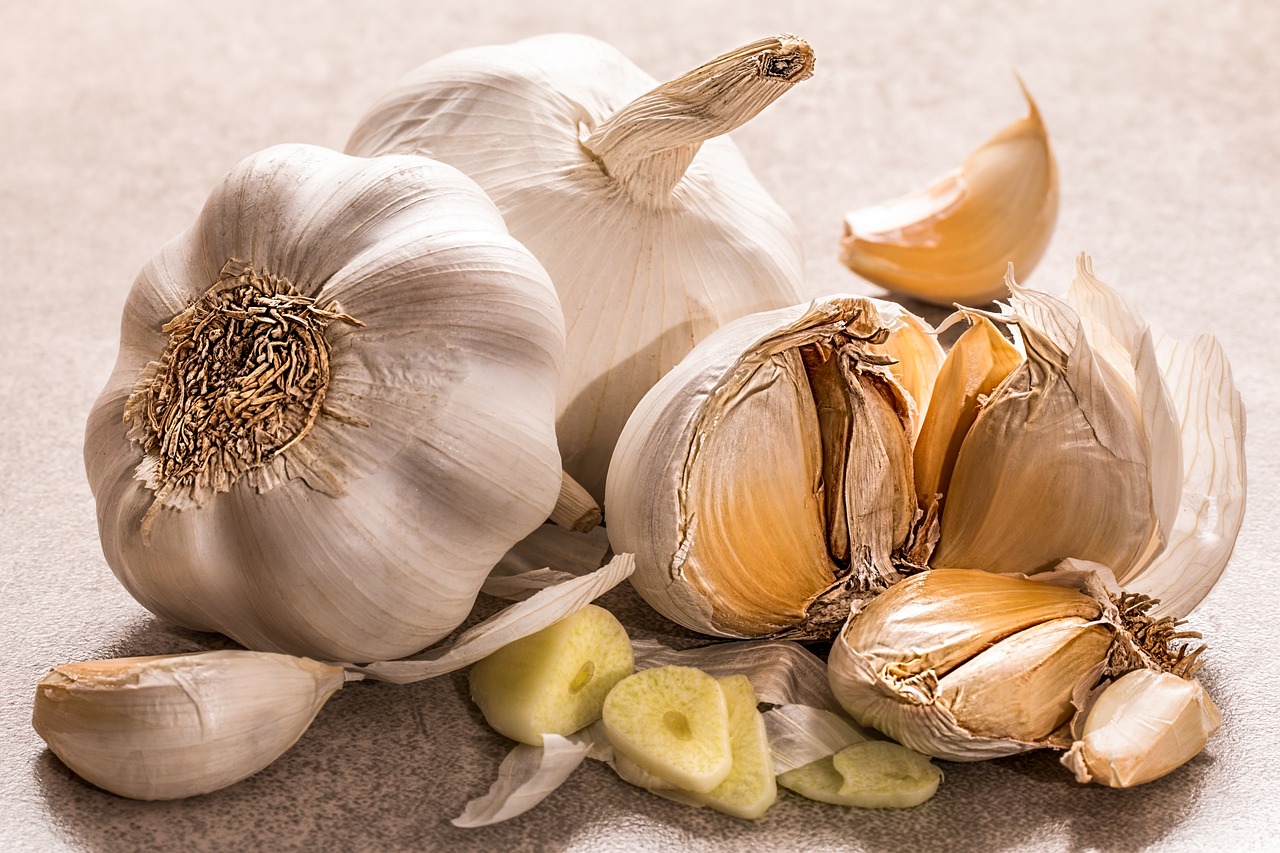Suriname, a small South American country with a melting pot of cultures, boasts a cuisine that is a tantalizing fusion of flavors. One aspect that sets Surinamese food apart is its unique spice blends, which add depth and complexity to dishes. From the fiery flavors of Madame Jeanette pepper to the aromatic sweetness of cinnamon, these spice blends are the secret behind the deliciousness of Surinamese cuisine. In this article, we will take a journey into the world of Surinamese spice blends, discovering their origins, ingredients, and how they can elevate your cooking to new heights. Get ready to embark on a flavorful adventure!

Introduction
Welcome to a flavorful journey into the world of Surinamese cuisine! Suriname, a small country located on the northeastern coast of South America, boasts a vibrant and diverse culinary heritage. Influenced by its colonial past and the blend of indigenous, Indian, Indonesian, and African cultures, Surinamese cuisine is a delicious amalgamation of flavors and spices. Central to this culinary tapestry are the spice blends that bring depth and complexity to the dishes. In this article, we will explore the history, importance, key ingredients, traditional blends, recipes, influences, cooking techniques, popular dishes, and health benefits of Surinamese spice blends. Get ready to tantalize your taste buds and embrace the rich cultural heritage of Surinamese cuisine!
1. History of Surinamese Cuisine
Colonial influences
The history of Surinamese cuisine can be traced back to the days of Dutch colonial rule. Dutch settlers brought with them a taste for European flavors and ingredients, which eventually merged with local traditions. The fusion of Dutch and Surinamese culinary practices gave birth to unique dishes, such as “pom,” a delectable oven-baked dish consisting of root vegetables, chicken, and spices.
Indigenous flavors
Suriname is home to a variety of indigenous communities, each with its own culinary traditions. These communities have long been cultivating and utilizing the rich flavors of the Amazon rainforest. Indigenous ingredients like cassava, tamarind, and various types of fish feature prominently in Surinamese cuisine, adding a distinct and authentic taste to the dishes.
Immigrant influences
One cannot discuss Surinamese cuisine without acknowledging the profound impact of immigration. The arrival of indentured laborers from countries like India and Indonesia further enriched the culinary landscape of Suriname. These immigrants brought their traditional spice blends and cooking techniques, creating a beautiful blend of flavors that is unique to Surinamese cuisine.
2. Importance of Spice Blends in Surinamese Cuisine
Flavor enhancers
Spice blends are the heart and soul of Surinamese cuisine. They act as flavor enhancers, elevating the taste of dishes to new heights. The carefully crafted combinations of herbs, spices, and vegetables create a symphony of flavors, bringing balance and harmony to the palate. Surinamese spice blends are known for their boldness, complexity, and ability to transform a simple dish into a culinary masterpiece.
Cultural significance
Spice blends hold immense cultural significance in Surinamese cuisine. They reflect the country’s diverse heritage and serve as a link to its ancestral roots. The passing down of family recipes, the careful selection of ingredients, and the art of blending spices are traditions that are treasured and celebrated amongst Surinamese households. Sharing a meal seasoned with these spice blends is not only a feast for the taste buds but also a connection to the cultural fabric of Suriname.
Variety of blends
Suriname boasts a wide array of spice blends, each with its own distinct flavor profile. From the aromatic warmth of masala to the fiery heat of Javaanse sambal, there is a spice blend to suit every palate. The versatility of Surinamese spice blends allows for endless culinary exploration, ensuring that no two dishes are ever the same.
3. Key Ingredients in Surinamese Spice Blends
Herbs and spices
The foundation of Surinamese spice blends lies in a carefully curated selection of herbs and spices. Common ingredients include cumin, coriander, turmeric, ginger, cloves, cinnamon, and nutmeg. These aromatic spices infuse the dishes with a depth of flavor and create a tantalizing aroma that entices all who encounter it.
Aromatic vegetables
In addition to herbs and spices, Surinamese spice blends often incorporate aromatic vegetables. Onions, garlic, and lemongrass impart a unique taste and fragrance to the blends. These vegetables not only contribute to the overall flavor profile but also add depth and complexity to the dishes.
Chilies and peppers
No discussion of Surinamese spice blends would be complete without mentioning chilies and peppers. Surinamese cuisine embraces spiciness, and these fiery ingredients are used generously to add heat and intensity to the dishes. From the smoky notes of the Surinamese ajuma pepper to the fiery kick of the Madame Jeanette chili, these ingredients play a vital role in defining the character of Surinamese cuisine.

4. Traditional Spice Blends
Masala
Masala is perhaps one of the most well-known and beloved spice blends in Surinamese cuisine. Derived from Indian culinary traditions, masala is a medley of spices that typically includes coriander, cumin, turmeric, and cardamom. This versatile blend adds warmth, depth, and a touch of earthiness to a variety of Surinamese dishes, such as curries and rotis.
Javaanse Sambal
Javaanse sambal is a fiery spice blend that originates from the Javanese community in Suriname. Made with a combination of chilies, garlic, shallots, and tamarind, this vibrant blend packs a punch of heat and tanginess. It is often used as a condiment, adding a zesty kick to dishes like nasi goreng (fried rice) or bami (stir-fried noodles).
Adobo
Adobo is a traditional spice blend with its roots in Latin America. Popularized by the Afro-Surinamese community, adobo is a tantalizing mixture of spices such as cumin, oregano, and paprika. This rich blend adds depth and complexity to Surinamese dishes like pom and chicken casserole, making it a staple in many Surinamese kitchens.
5. Surinamese Spice Blend Recipes
Nasi Goreng Spice Blend
Ingredients:
- 2 teaspoons ground coriander
- 1 teaspoon ground cumin
- 1/2 teaspoon turmeric
- 1/2 teaspoon chili powder
- 1/4 teaspoon ground cloves
- 1/4 teaspoon ground nutmeg
- 1/4 teaspoon ground cinnamon
Instructions:
- In a small bowl, combine all the spices.
- Mix well until thoroughly combined.
- Store in an airtight container until ready to use.
- Add the spice blend to your nasi goreng (fried rice) for an extra burst of flavor.
Bami Spice Blend
Ingredients:
- 1 tablespoon ground coriander
- 1 tablespoon ground cumin
- 1 teaspoon turmeric
- 1/2 teaspoon chili powder
- 1/2 teaspoon ground ginger
- 1/2 teaspoon ground cloves
Instructions:
- In a small bowl, mix all the spices together until well combined.
- Store in a sealed container for future use.
- Add the spice blend to your bami (stir-fried noodles) for a delightful burst of flavor.
Roti Masala Spice Blend
Ingredients:
- 2 tablespoons ground coriander
- 1 tablespoon ground cumin
- 1 tablespoon ground turmeric
- 1 tablespoon ground fenugreek
- 1 tablespoon ground mustard seeds
- 1 teaspoon ground fennel seeds
- 1 teaspoon ground nigella seeds
- 1 teaspoon ground cinnamon
- 1/2 teaspoon ground cloves
- 1/2 teaspoon ground cardamom
- 1/2 teaspoon ground black pepper
Instructions:
- In a small bowl, combine all the spices until well blended.
- Transfer to an airtight container and store in a cool, dry place.
- Use the spice blend to season your roti bread or curries for an authentic Surinamese taste.

6. Influences from Other Cuisines
Indian spices
The Indian influence on Surinamese cuisine is undeniable. The arrival of Indian indentured laborers brought with them a rich tapestry of spices that greatly influenced Surinamese spice blends. The aromatic warmth of Indian spices like coriander, cumin, and turmeric infuses Surinamese dishes with a distinct flavor that is cherished in Surinamese households.
Indonesian flavors
Indonesian immigrants have also played a significant role in shaping Surinamese cuisine. With their vibrant and fragrant spices, such as lemongrass, galangal, and kecap manis (sweet soy sauce), they added layers of complexity to Surinamese spice blends. The result is a harmonious fusion of Indonesian and Surinamese flavors that can be found in iconic dishes like nasi goreng and bami.
African influences
The African influence on Surinamese cuisine can be traced back to the days of slavery. African slaves brought with them the knowledge of cooking techniques and the use of certain spices. This influence can be seen in traditional spice blends like adobo, which feature spices commonly used in African cuisine. The marriage of these spices with indigenous and other immigrant flavors creates the vibrant and diverse culinary tapestry that is Surinamese cuisine.
7. Cooking Techniques with Surinamese Spice Blends
Marination
Marination with Surinamese spice blends is a common practice to infuse meats and vegetables with deep and robust flavors. By allowing the ingredients to marinate, the spices penetrate deeply, resulting in tender, flavorful dishes. Whether it’s marinating chicken with masala for a curry or coating beef with Javaanse sambal for grilling, the marination process is key to achieving authentic Surinamese flavors.
Dry rubs
Dry rubs are another popular way to incorporate Surinamese spice blends into cooking. By applying a dry rub to meat or vegetables before cooking, the spices adhere to the surface and create a flavorful outer crust. This technique is commonly used when grilling or roasting meats, adding a tantalizing layer of flavor and enhancing the overall taste experience.
Simmering and stewing
Simmering and stewing are cooking techniques that allow the flavors of Surinamese spice blends to meld together over time. Whether it’s a rich pom stew or a comforting chicken curry, the slow and gentle cooking process allows the ingredients to release their aromas and blend harmoniously. This results in tender, flavorful dishes that are a testament to the art of Surinamese cooking.

8. Popular Surinamese Dishes
Roti
Roti is a beloved dish in Surinamese cuisine. It consists of a soft, flatbread served with a variety of fillings, such as curried potatoes, chicken, and vegetables. The filling is generously seasoned with traditional spice blends like roti masala, creating a dish that is bursting with flavor and a delight to the senses. Roti is often enjoyed as a communal meal, shared amongst family and friends.
Pom
Pom is a mouthwatering oven-baked dish that combines root vegetables, chicken, and spices. It has its roots in the Jewish community and is traditionally served during festive occasions. The key ingredient in pom is grated pomtajer, a tuber similar to taro, which gives the dish its unique texture and flavor. The spices used in pom, such as cinnamon, cloves, and nutmeg, add warmth and depth to this iconic Surinamese dish.
Bara
Bara is a popular street food in Suriname, particularly in the capital city of Paramaribo. These deep-fried snacks are made from a fermented dough of ground split peas, seasoned with spices like cumin and turmeric. Served with a variety of chutneys and sambals, bara is a flavorful and satisfying treat that showcases the diversity of Surinamese street food.
9. Health Benefits of Surinamese Spice Blends
Anti-inflammatory properties
Many of the herbs and spices used in Surinamese spice blends have been found to possess anti-inflammatory properties. Turmeric, for example, contains curcumin, a powerful compound known for its anti-inflammatory effects. By incorporating Surinamese spice blends into your cooking, you can potentially reap the benefits of these natural anti-inflammatory agents.
Digestive aid
Surinamese spice blends often include ingredients that aid in digestion. Aromatic spices like ginger and cloves have been traditionally used to alleviate digestive discomfort and promote healthy digestion. When consumed as part of a balanced diet, Surinamese spice blends can contribute to overall digestive wellness.
Antioxidant-rich
Spices are known for their high antioxidant content, and Surinamese spice blends are no exception. Herbs and spices like cinnamon, cloves, and nutmeg are rich in antioxidants, which help protect the body against free radicals that can cause oxidative stress. By incorporating Surinamese spice blends into your meals, you can increase your intake of these beneficial compounds.
In conclusion, Surinamese cuisine is a treasure trove of flavors, and at the heart of it all are the spice blends that make each dish come alive. From the colonial influences to the indigenous flavors and immigrant influences, Surinamese spice blends represent a harmonious fusion of cultures and traditions. They provide a myriad of health benefits, elevate the taste of dishes, and celebrate the rich cultural heritage of Suriname. So next time you embark on a culinary adventure, don’t forget to embrace the vibrant world of Surinamese spice blends and indulge in the delightful flavors they bring to the table. Happy cooking and bon appétit!
